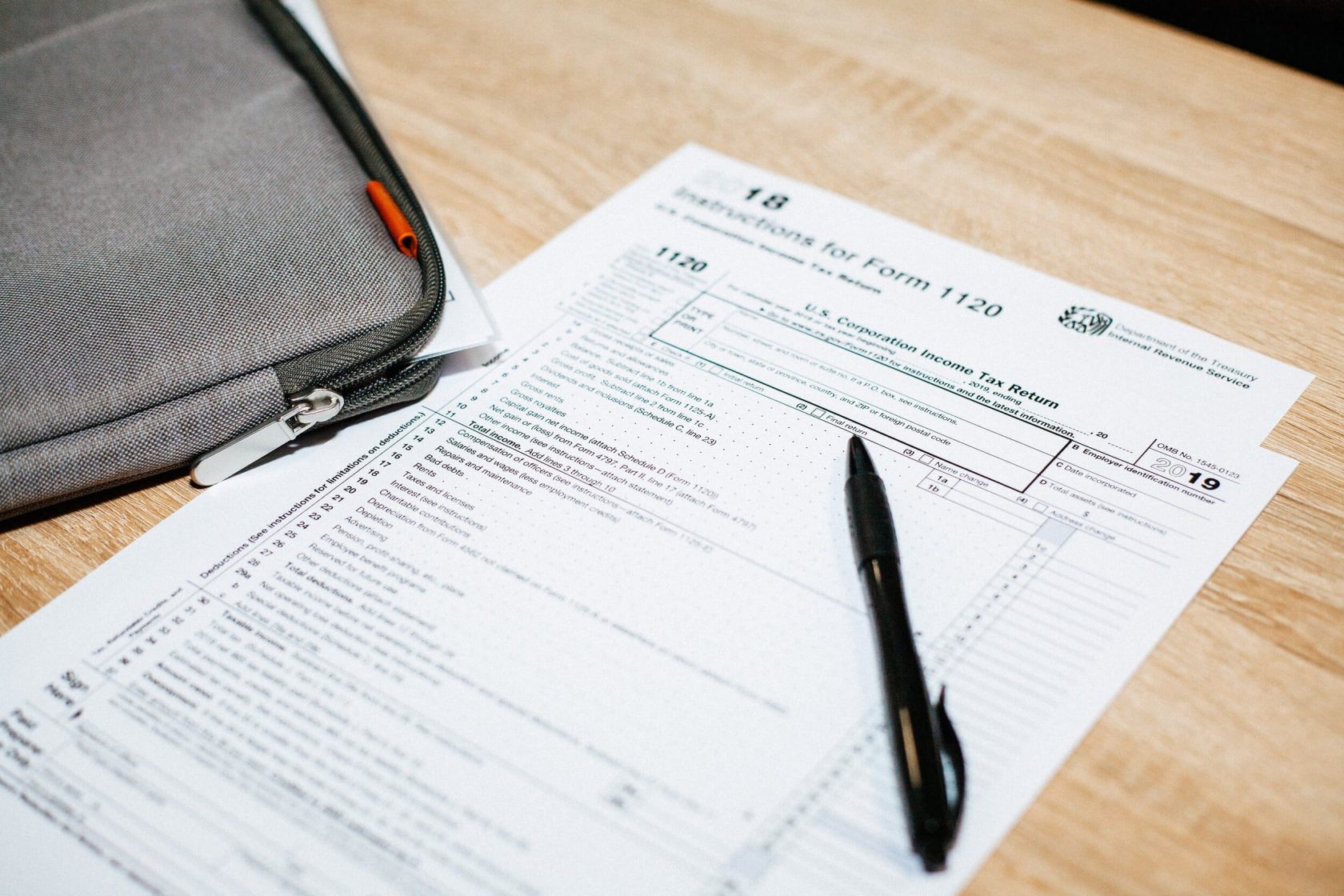In Canada there are various taxes levied by the federal and provincial governments. Sales tax is a common tax virtually all businesses and individuals must assess and collect during the venture of a business. There are three different sales taxes in Canada.
-
GST (Goods and Services Tax)
-
PST (Provincial Sales Tax)
-
HST (Harmonized Sales Tax), which is a combination of GST and PST
The one you use depends on your province and the goods or services you are selling.
Who is this for?
-
Startups to established businesses
-
If you own or operate a business in Canada
Keep reading if you’re…
-
Trying to understand GST/HST exempt, zero-rated, and out-of-scope
-
Wanting to know where to assess GST/HST
TLDR: This is a general guide for the application of GST/HST. By law your business must collect GST/HST on most sale of goods and services in your province. Unlike a provincial sales tax (ie. PST), GST/HST has an income tax credit (ITC) component that can reduce your net sales tax payable.
What is Sales Tax in Canada?
The goods and services tax (GST) alone and/or a provincial sales tax (PST) is a value-add tax that applies to most supplies of goods and services made or brought into Canada. In Ontario, New Brunswick, Newfoundland and Labrador, Nova Scotia and Prince Edward Island, the GST and PST combine together to form the harmonized sales tax or “HST”. As of this writing, British Columbia, Alberta, Manitoba, Northwest Territories, Nunvaut, Quebec, Saskatchewan, and Yukon have separate sales taxes (not harmonized).
Goods and Services Tax (GST) is levied by the federal government at 5 percent tax on most Canadian goods and services. All provinces except Alberta and Yukon also levy a certain provincial sales tax ranging from 6% to 10%.
The GST/PST/HST also applies to many supplies of real property (for example, land, buildings, and interests in such property) and intangible personal property such as trademarks, rights to use a patent, and digitized products downloaded from the Internet and paid for individually. However, this is beyond the scope of this guide.
GST/HST tax is not included on price tags or displays. Instead, it is applied at the point of sale for goods and services purchased within Canada and at the border when goods are imported into Canada (except for items specified as non-taxable importations).
Accounting software will apply a sales tax percentage, it is up to the business owner and managers to determine whether goods and services are applicable and when. The following is a general guide on what is applicable, what is exempt and zero-rate, and where does sales tax apply.
Do you Need to Collect Sales Tax?
All businesses operating in Canada are required to collect and remit sales tax. However, your business could be exempted due to certain factors like:
-
Small supplier operating below a threshold: To qualify, your business’s worldwide yearly revenue (before expenses) needs to be under $30,000. When it comes to sales tax, the CRA measures your “year” as the last four quarters. As soon as you surpass the $30,000 mark, you are no longer a small supplier, starting in that calendar quarter. (1)
-
Sales of Exempt supplies: This means your business is engaged in supply of property and services that are not subject to the GST/HST. GST/HST registrants generally cannot claim input tax credits to recover the GST/HST paid or payable on property and services acquired to make exempt supplies.
The following are examples of exempt supplies:
-
a sale of housing that was last used by an individual as a place of residence;
-
long-term rentals of residential accommodation (of one month or more) and residential condominium fees;
-
most health, medical, and dental services performed by licensed physicians or dentists for medical reasons;
-
child care services, where the primary purpose is to provide care and supervision to children 14 years of age or under for periods of less than 24 hours per day;
-
legal aid services;
-
many educational services such as:
-
courses supplied by a vocational school leading to a certificate or a diploma that certifies the ability of individuals to practice or perform a trade or a vocation; or
-
tutoring services made to an individual in a course that follows a curriculum designated by a school authority;
-
-
music lessons;
-
most services provided by financial institutions such as lending money or operating deposit accounts;
-
the issuance of insurance policies by an insurer and the arranging for the issuance of insurance policies by insurance agents;
A more comprehensive list of exempt supplies is found on the CRA website. (2)
-
-
Sales of zero-rated supplies
Some supplies are zero-rated under the GST/HST – that is, GST/HST applies at a rate of 0%. This means that you do not charge GST/HST on these supplies, but you may be eligible to claim input tax credits for the GST/HST paid or payable on property and services acquired to provide these supplies. The following are examples of supplies taxable at 0% (zero-rated):
-
basic groceries such as milk, bread, and vegetables;
-
agricultural products such as grain, raw wool, and dried tobacco leaves;
-
most fishery products such as fish for human consumption;
-
prescription drugs and drug-dispensing services;
-
exports (most goods and services for which you charge and collect the GST/HST in Canada, are zero-rated when exported); and
-
many transportation services where the origin or destination is outside Canada.
A more comprehensive list of zero-rated supplies is found on the CRA website. (3)
-
-
“Out-of-scope” sales tax code
Another category for sales taxes on virtually all accounting systems is “out-of-scope”. “Out of scope” means that a transaction or an item on a transaction will be left totally out of your GST calculations. In general, using the out-of-scope sales tax code will omit that transaction from most business activity reports. If you use all the sales tax code correctly, an creating a business activity and sales tax summary report at period end will make filing a breeze.
Charge Sales Tax Based on Customer Location
Sales tax rates depend on the province your customers are in, not where your business is. If your business and all of its customers are in the same province, this step will be easy. Check the tax rate for your customer’s home province and apply that to the invoice. This is guided by place of supply rules. Specific rules apply to determine whether a supply that is made in Canada is made in or outside of a participating province. The province of supply then determines whether suppliers must charge the HST, and if so, at which rate (4). However, it is not necessary to charge sales tax from international customers, as long as the goods or services are delivered to an address outside of Canada. (5)
Summary
No matter if you are an incorporated or personal business you may have to assess GST/HST. Look to the product or service and where your customers are located when assessing the sales tax. Understanding how to apply the sales tax in your accounting system will be the difference between a fast period end filing or a headache.
In the next series we will talk about sales tax deadlines, how to file and remit.
References




